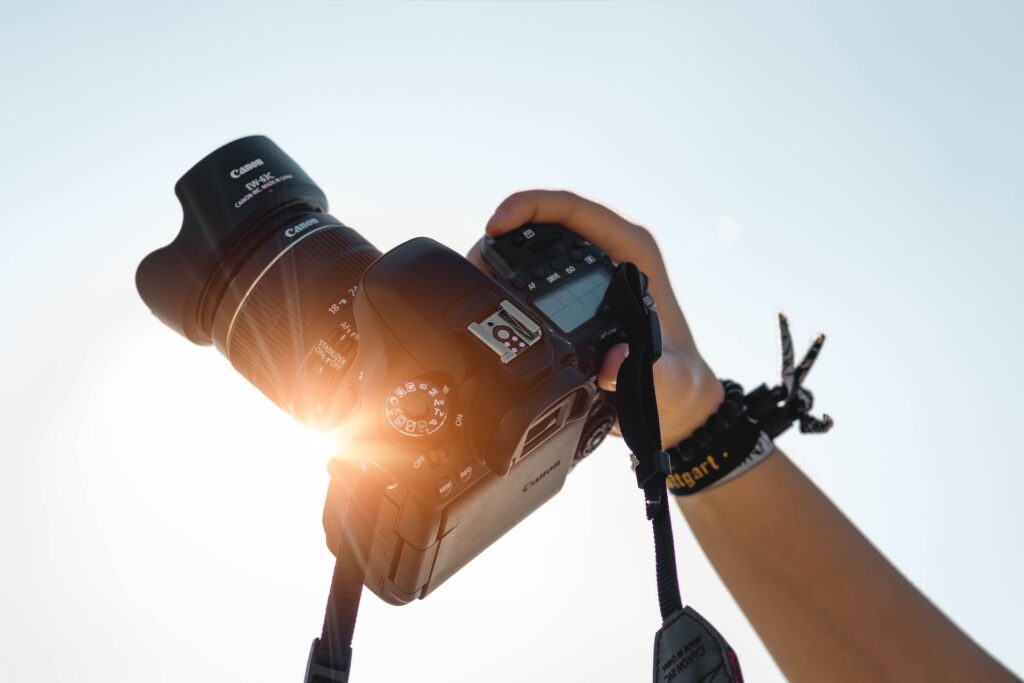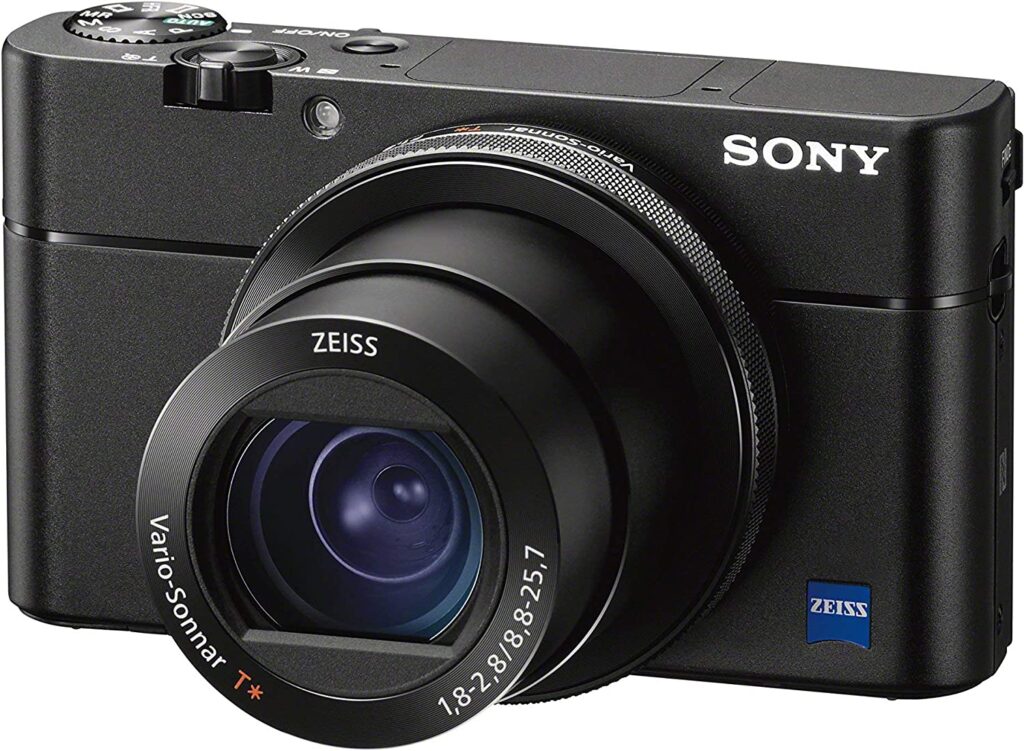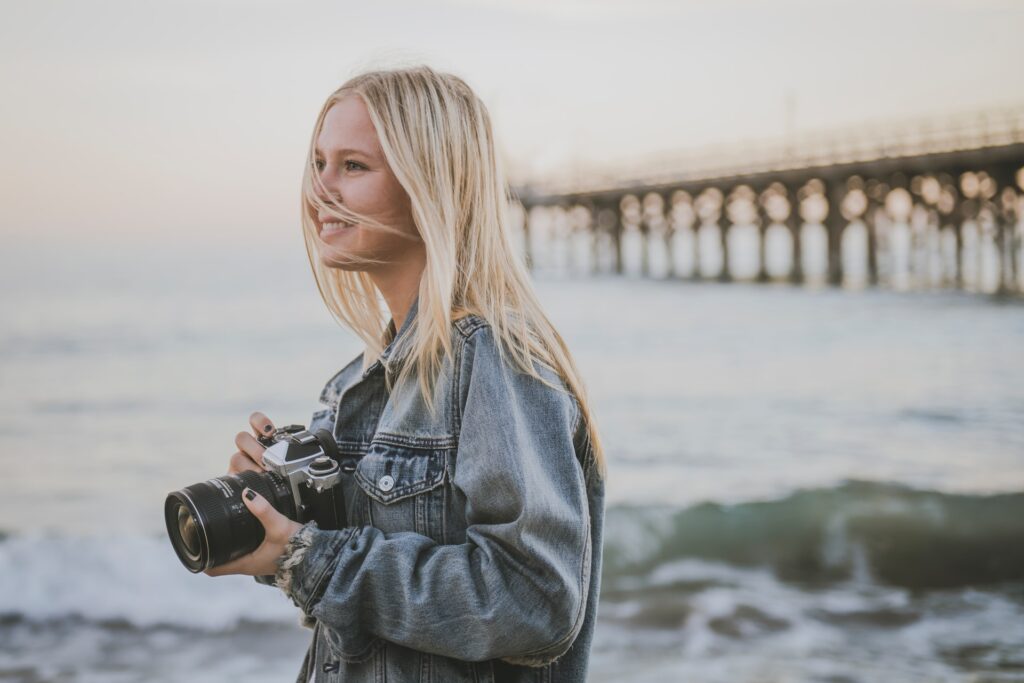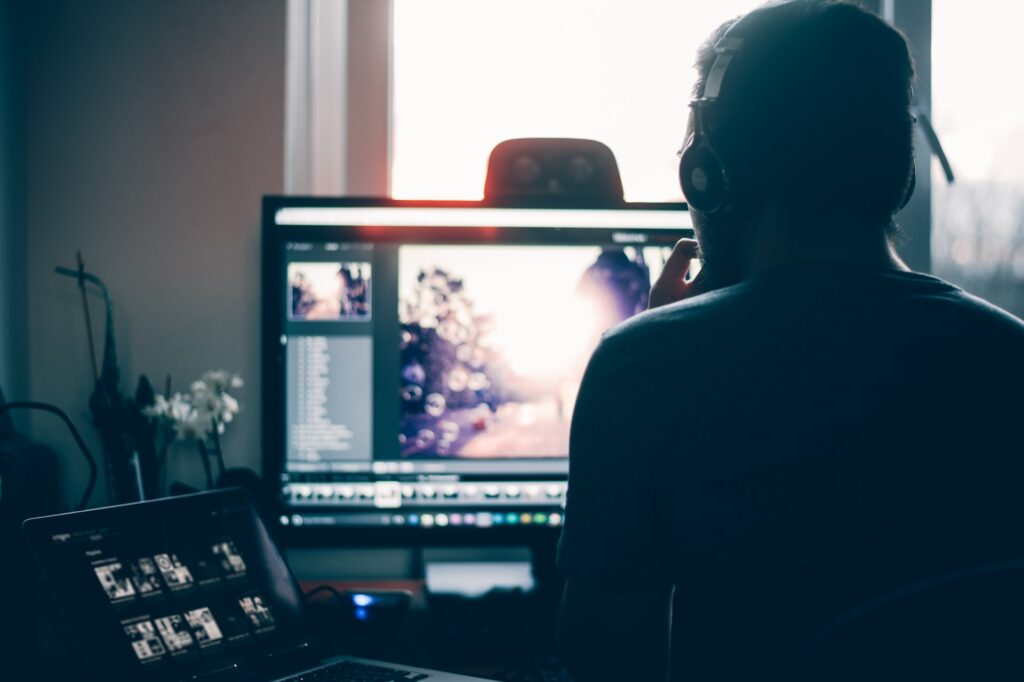Welcome to the world of photography! Whether you’re a complete newcomer to the art or just looking to improve your skills, our beginner’s guide will help you get started with photography basics.
This article contains affiliate links. If you make a purchase through a link on our site you are supporting our continued efforts to educate people like you in finding new and rewarding hobbies. Thank you!
Photography allows us to capture moments in time and preserve them for future generations to see; It allows us to tell stories and document the world around us.
Photography can be a powerful form of self-expression and an awesome hobby for exploring your creativity.

Photography Gear & Equipment for Beginners
Now, let’s talk about some of the basic equipment you’ll need to get started. The most important piece of equipment for a photographer is of course a camera body.
There are many different types of cameras to choose from, ranging from basic point-and-shoot models to professional-grade DSLRs.
For most beginners, a simple point-and-shoot camera will be more than sufficient. These cameras are relatively inexpensive and easy to use, making them a great option for folks just starting out.
We recommend the Sony RX100VA 20.1MP Digital Camera for a high-quality point and shoot camera to accomplish your beginner photography goals.

In addition to a camera, you’ll also need a few other basic pieces of supplemental photography equipment.
A few of these items you’ll need include a memory card to store your photos, a tripod to help keep your camera steady, and a camera bag to protect your gear.
You may also want to consider investing in a lens or two to give you more control over the focus and perspective of your photos.
Basic Photography Techniques
Now that you have the basics covered, it’s time to start taking photos!
Before you press the shutter button, there are a few important things to consider. First, think about the composition of your shot. This refers to the way the elements in your photo are arranged, and it can have a big impact on the overall look and feel of your image.
To create a well-composed photo, try using the rule of thirds.
The rule of thirds is a basic principle of photography that suggests that an image can be divided into nine equal parts by two equally-spaced horizontal lines and two equally-spaced vertical lines.
According to the rule of thirds, the most interesting elements of your photo should be placed along these lines or at the points where they intersect.

Consider Lighting
Another important consideration when taking photos is lighting.
Good lighting can make or break a photo, so it’s important to pay to lighting and practice in various lighting scenarios.
Natural light, such as that from the sun, is usually the best option. If you’re shooting indoors, try to position your subject near a window to take advantage of the natural light as much as possible.
As you progress in your photography journey you may start experimenting with soft boxes, flashes, strobes, modifiers and reflectors.
To learn more about the ins and outs of camera lighting check out this helpful video from Adorama here:
Photography Editing for Beginners
Once you’ve taken your photos, it’s time to review them and make any necessary edits.
Most cameras come with basic editing software that allows you to crop, adjust the brightness and contrast, and make other basic edits to your photos. If you want to do more advanced editing, there are many free and paid photo editing programs available.
Some of the most common photo editing programs to get accustomed with include:


